Understanding Attenuators: Types, Uses, and How They Work
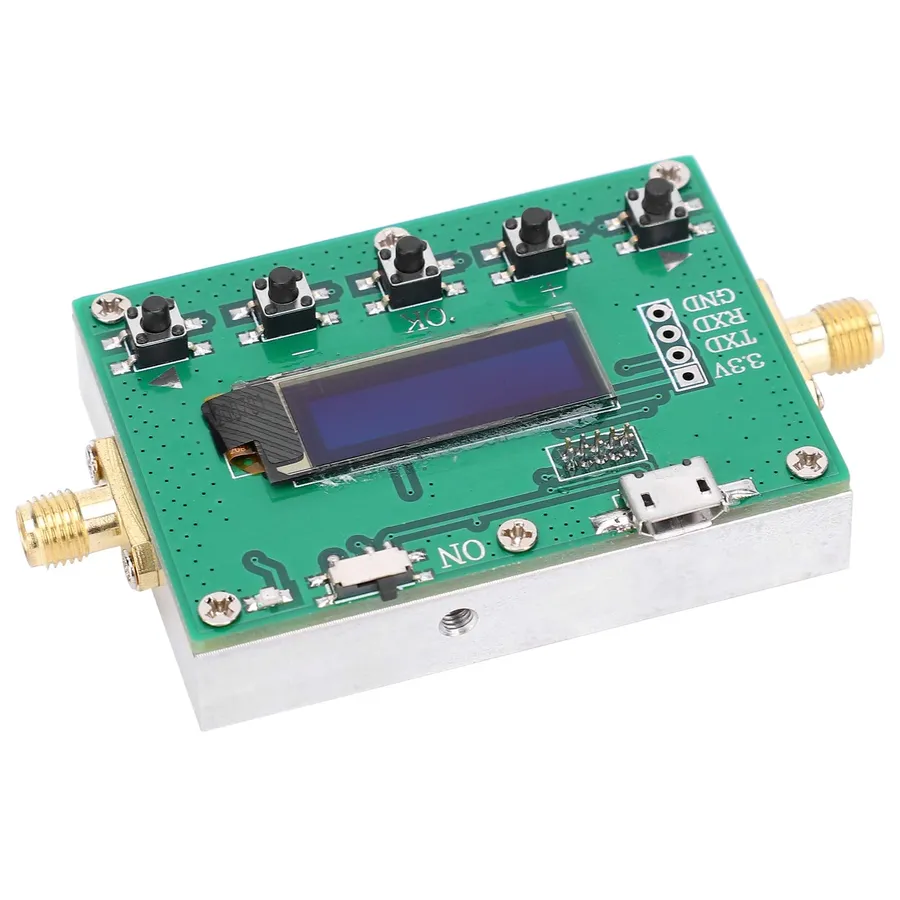
Imagine needing to control the volume of sound or the strength of an electrical signal – attenuators are the unsung heroes making this possible. From the delicate adjustments in audio equipment to the crucial safety measures on our highways, attenuators play diverse and essential roles in shaping the world around us. This article delves into the fascinating realm of attenuators, exploring their various forms and applications.
What is an Attenuator?

An attenuator is a device designed to reduce the power of a signal, whether electrical, audio, or mechanical, without introducing significant distortion. Its core function is to decrease signal amplitude to a desired level, enabling precise control of signal strength and preventing overload within a system. Attenuators are crucial for maintaining signal integrity and ensuring optimal operation across various applications.
Attenuator Use in Electrical Systems
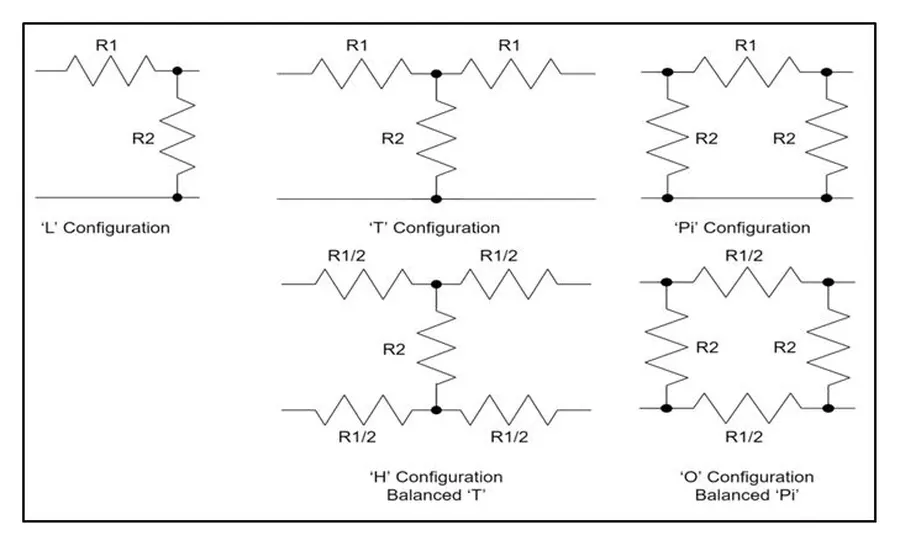
Attenuators are indispensable components within electrical systems, serving primarily to reduce signal power and prevent signal overload, which can lead to damage or signal distortion. In the context of radio frequency (RF) circuits, their role is particularly crucial in maintaining signal integrity and ensuring that sensitive components are not subjected to excessive power levels. This controlled reduction of power allows for accurate measurements and the optimal performance of complex electronic systems.
The judicious use of attenuators is paramount in many areas of electronic engineering, including radio communications, radar systems, and test equipment. By reducing the signal power to a manageable level, these devices facilitate accurate testing, prevent damage, and allow for signal processing that would otherwise be impossible.
| Application | Purpose | Benefit |
|---|---|---|
| RF Amplifiers | Prevent signal clipping due to high power | Maintains signal fidelity and prevents damage |
| Test and Measurement Equipment | Ensure input signal power is within acceptable limits | Enables precise and reliable measurements |
| Transmitter Systems | Control power output to prevent over-radiation | Ensures regulatory compliance and system safety |
| Receiver Systems | Prevent saturation of input stage from strong signals | Improves sensitivity and dynamic range |
In summary, attenuators are essential in electrical circuits to adjust signal levels for various purposes, including signal conditioning, measurement, and prevention of component damage. Their proper selection and application are critical for optimal performance and reliability.
Types of Electrical Attenuators
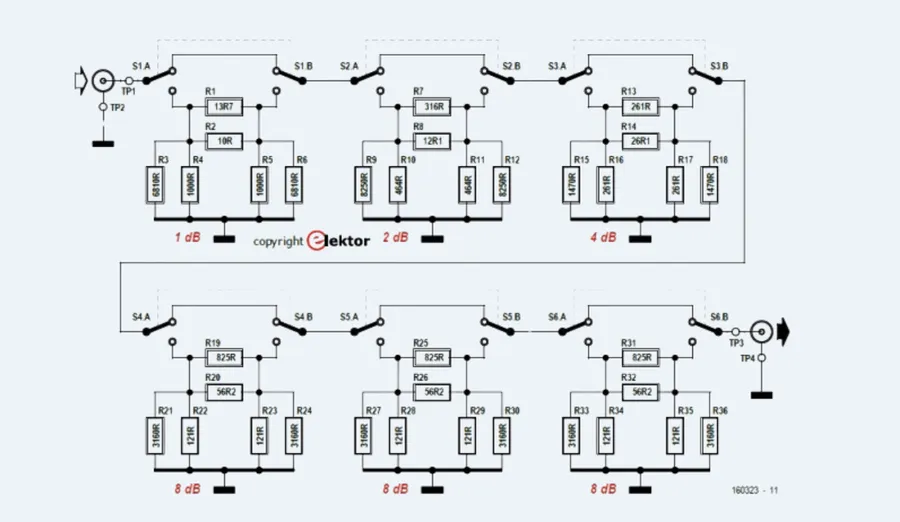
Electrical attenuators are crucial components in various electronic circuits, designed to reduce signal power while maintaining signal integrity. They come in several forms, each tailored for specific applications and offering different levels of adjustability and performance.
- Fixed Attenuators
Fixed attenuators provide a set level of attenuation and are characterized by their simplicity and reliability. They are commonly used when a constant reduction in signal power is needed. These are often constructed using a network of resistors. - Variable Attenuators
Variable attenuators allow users to adjust the level of attenuation. These come in several sub-types:
- Manually Adjustable Attenuators
These attenuators use mechanical adjustments, such as potentiometers, to continuously vary the attenuation level. This allows for fine-tuning, but can be less precise for certain applications. - Step Attenuators
Step attenuators offer discrete levels of attenuation. They typically use switches to activate or deactivate different resistor networks, providing accurate and repeatable attenuation changes in specific increments. They are often used in testing and calibration scenarios. - Digitally Controlled Attenuators
Digitally controlled attenuators utilize electronic switches and digital signals to adjust attenuation. This allows for remote or automatic control and is useful in complex systems requiring precise attenuation values. These are usually integrated into RF devices.
| Attenuator Type | Adjustability | Typical Applications |
|---|---|---|
| Fixed Attenuators | None, preset value | Power reduction, impedance matching, general signal conditioning |
| Manually Adjustable Attenuators | Continuously variable | Audio volume control, general lab use |
| Step Attenuators | Discrete steps | Calibration, testing, precise signal control |
| Digitally Controlled Attenuators | Discrete steps, remote controllable | Automated systems, telecommunications, RF applications |
Attenuators in Audio Applications
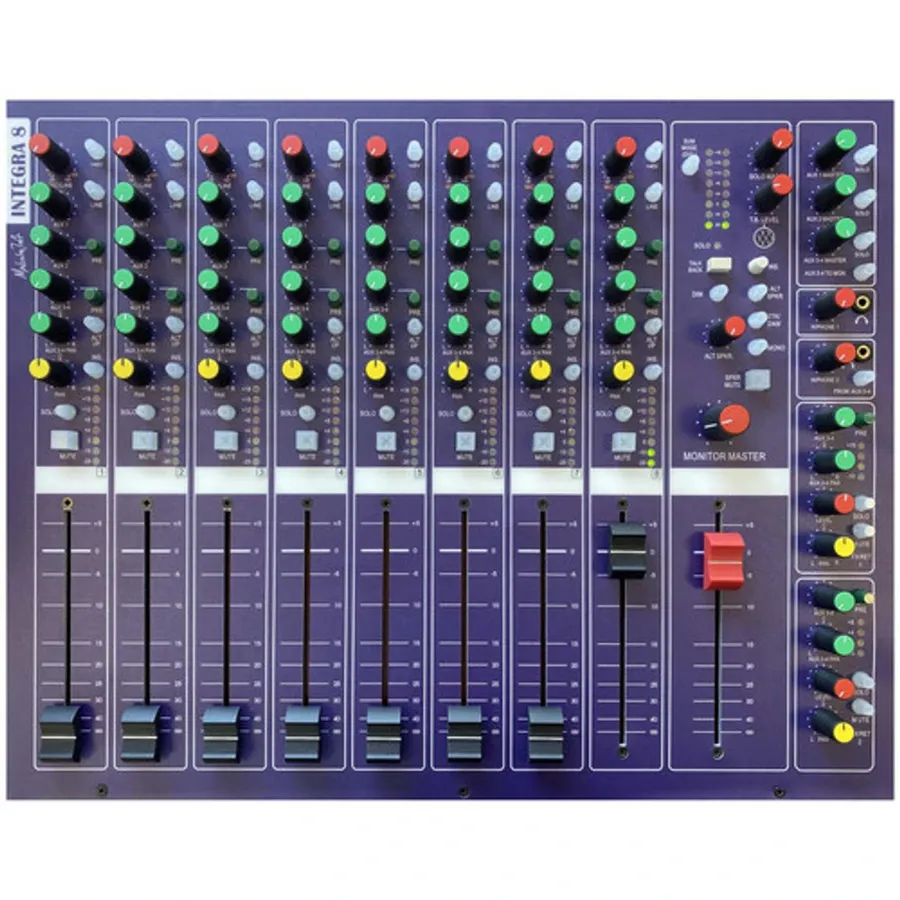
In audio systems, attenuators are crucial for managing signal levels to prevent distortion and control volume, particularly with high-output devices like tube amplifiers. They reduce the signal strength without altering its fundamental characteristics, ensuring clarity and preventing damage to audio equipment. This is accomplished by carefully reducing the amplitude of the audio signal, typically through resistive networks.
- Volume Control:
Attenuators serve as essential components for adjusting the overall loudness of an audio signal. They enable users to lower the volume without introducing distortion, which is essential for a good listening experience. - Preventing Overload:
In audio amplifiers, especially those utilizing vacuum tubes, excessive input signal levels can lead to saturation or clipping of the amplifier stages. Attenuators safeguard equipment by lowering signal levels into optimal operating ranges. - Impedance Matching
Attenuators can be designed to match the impedance between different components in an audio chain, such as between a source (e.g., guitar) and an amplifier, ensuring optimal power transfer and signal quality. - Speaker Protection
By carefully controlling the amount of power reaching a speaker, attenuators can help extend the longevity of the speaker and prevent damage, particularly in high-power systems.
Attenuators as Safety Devices: Crash Cushions
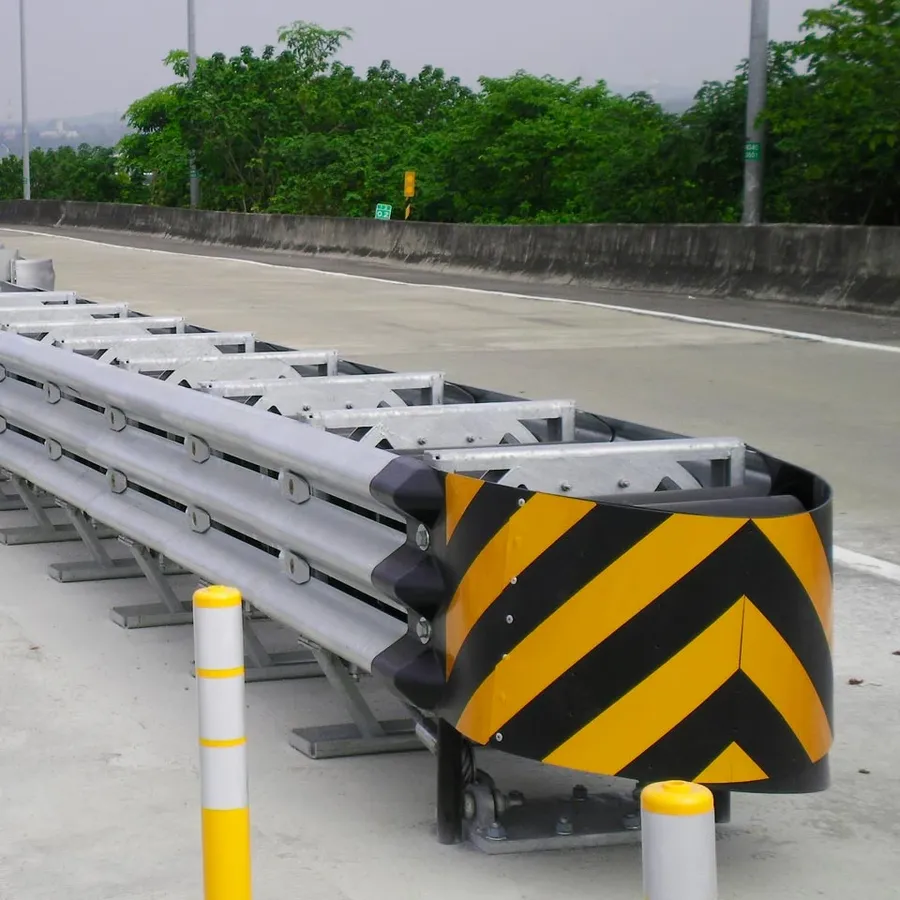
Beyond electrical and audio applications, the term 'attenuator' also applies to safety devices, most notably crash cushions or crash attenuators used on highways. These devices function by absorbing kinetic energy during a vehicle impact, thereby reducing the severity of collisions and protecting vehicle occupants and highway infrastructure.
The core principle behind crash attenuators is energy dissipation. They are strategically placed in areas prone to accidents, such as highway medians, exit ramps, and bridge abutments. Their design is focused on gradually slowing down an impacting vehicle, minimizing the abrupt forces that can lead to severe injuries.
- Impact Absorption:
Crash attenuators are designed to deform and collapse in a controlled manner upon impact, absorbing a significant portion of the vehicle's kinetic energy. - Reduced Impact Forces:
By extending the time over which the vehicle decelerates, these devices reduce the peak forces experienced by the vehicle and its occupants, thereby reducing the risk of serious injury. - Controlled Deceleration:
The attenuators ensure that the vehicle slows down gradually rather than abruptly, preventing secondary impacts and rollovers. - Variety of Designs:
Crash attenuators come in a range of designs, including sand-filled barrels, water-filled barriers, and modular steel structures, each suitable for different impact conditions and site constraints.
The effectiveness of crash attenuators is rigorously tested through crash simulations and full-scale impact testing to ensure they meet safety standards and performance requirements. This testing validates the attenuator's ability to manage diverse impact scenarios and maintain its protective function under stress.
Key Differences: Reactive Load vs. Resistive Load Attenuators
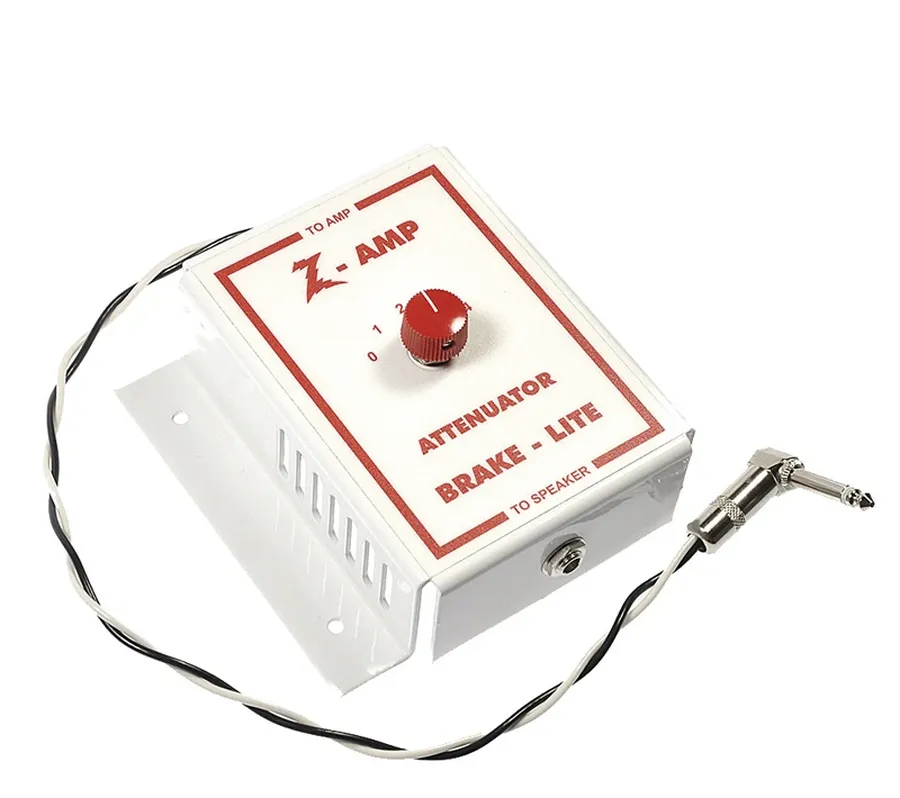
In audio applications, the choice between reactive and resistive load attenuators significantly impacts sound quality and amplifier performance. While both types reduce signal strength, they achieve this through fundamentally different mechanisms, leading to distinct characteristics and use cases.
| Feature | Resistive Load Attenuator | Reactive Load Attenuator |
|---|---|---|
| Mechanism | Dissipates signal power as heat using resistors. | Stores and reflects signal power using reactive components (capacitors and inductors). |
| Impact on Frequency Response | Generally flat frequency response, minimal coloration of the audio signal. | Can alter frequency response, potentially introducing coloration or phase shifts. |
| Impedance | Provides a constant impedance across the frequency spectrum. | Impedance varies with frequency. |
| Heat Generation | Generates heat due to power dissipation; may require heat sinking at high power levels. | Generates minimal heat. |
| Use Case | Preferred for precision applications where minimal alteration of the signal is needed. | Commonly used in speaker output to allow the tube amp to be driven harder to capture the saturation sweet spot |
| Amplifier Performance | Presents a stable load to the amplifier and will reduce volume only. | Can result in different sonic qualities. Changes the load the amp sees. |
Resistive load attenuators are commonly used in line level applications to control signal strength with precision, ensuring that the signal is reduced without causing frequency shifts or unwanted harmonics. Reactive load attenuators, particularly the speaker attenuators, are commonly used to reduce the volume of an amplifier signal output by providing a 'dummy' load to the amplifier output stage, and redirect the energy into a resistive element (heat).
Attenuator Specifications: Understanding Decibels (dB)
Understanding attenuator specifications requires a grasp of decibels (dB), impedance matching, and insertion loss, all crucial for proper signal management. Decibels provide a logarithmic scale for expressing signal power ratios, essential for quantifying signal attenuation. Impedance matching ensures efficient power transfer and minimizes signal reflections, while insertion loss quantifies the signal power lost when an attenuator is inserted into a system.
| Parameter | Description | Significance |
|---|---|---|
| Decibels (dB) | A logarithmic unit expressing the ratio of two power levels; in the context of attenuators, it quantifies signal reduction. | Essential for measuring and specifying the amount of attenuation an attenuator provides. A negative dB value indicates signal reduction. For example, a 3dB attenuation means half the power. |
| Impedance Matching | Ensuring that the impedance of the attenuator matches the characteristic impedance of the system (e.g., 50 ohms in RF systems). | Maximizes power transfer and minimizes signal reflections, reducing standing waves and signal distortion. Impedance mismatch results in signal power loss and distortion |
| Insertion Loss | The loss of signal power that occurs when an attenuator is inserted into a circuit, typically measured in dB. | Quantifies the inherent loss of signal energy due to the attenuator's components. Ideally, the insertion loss should be minimal, and it is a key parameter for efficient signal management. It is distinct from attenuation, as it is an unavoidable byproduct of using an attenuator |
Attenuator Selection Criteria
Selecting the appropriate attenuator for a given application requires a careful consideration of several key parameters. These parameters ensure that the attenuator operates effectively within the system without compromising signal integrity or performance. The selection process should be driven by the specific needs of the application, ensuring the chosen attenuator meets all required specifications.
- Frequency Range
The attenuator must operate effectively within the intended frequency range of the signal. The operating frequency dictates the attenuator's performance and signal handling. Ensure that the selected attenuator's frequency range covers the entire range of signal frequencies, without significant loss or variation in attenuation. Attenuators are designed with specific frequency ranges, and their performance degrades if used outside this range. - Impedance Matching
The attenuator's impedance must match the source and load impedance to minimize signal reflections and maximize power transfer. Impedance mismatch can lead to signal loss, distortion, and standing waves, especially in RF applications. The standard impedances are usually 50 ohms or 75 ohms. Mismatched impedances will reduce the attenuator's effectiveness and can degrade the system's performance. - Power Handling Capability
The attenuator's power handling capability must be greater than the maximum power of the signal it will encounter. Exceeding the power rating can cause the attenuator to overheat and fail. Power handling is usually specified in Watts. Selecting an attenuator with adequate power handling ensures reliability and longevity. - Attenuation Level
The selected attenuator should provide the precise level of attenuation (measured in decibels, dB) that the application requires. The chosen level must ensure the signal is reduced to the desired level without over or under attenuation. The required attenuation should be calculated based on signal levels at different points in the circuit. - Attenuation Accuracy and Flatness
Ensure the attenuator provides the specified attenuation within acceptable error margins and that this attenuation is consistent (flat) across the operating frequency range. Variation in attenuation across frequency ranges may introduce signal distortion. The selection of an attenuator with high attenuation accuracy and flat response is particularly important for sensitive applications. - Type of Attenuator
Choosing the correct type, whether fixed or variable, depends on the application. Fixed attenuators are simpler and provide a single level of attenuation, while variable attenuators allow for dynamic control. Variable attenuators provide flexibility but are more complex and potentially more expensive. - Environmental Conditions
Consider the operating environment including temperature range, humidity levels, and possible mechanical stress that the attenuator may be subjected to. The selected attenuator must be robust enough to withstand the required environmental conditions for the intended application. Environmental factors can directly affect performance and durability.
Frequently Asked Questions About Attenuators
This section addresses common queries regarding attenuators, covering their applications, types, effects on signals, and suitability in different systems. We aim to provide clear, concise answers based on fundamental principles.
- Where are attenuators primarily used?
Attenuators are predominantly used in electrical and electronic systems to reduce signal power, preventing signal overload and maintaining signal integrity. They also see extensive use in audio systems for volume control and in mechanical applications as safety devices like crash cushions on highways. In summary, attenuators are employed wherever signal or energy levels need to be precisely managed or reduced for optimal or safe operation. - What are the main types of attenuators in electronics?
The main types of attenuators in electronics can be broadly classified into fixed and variable attenuators. Fixed attenuators provide a constant level of attenuation, while variable attenuators offer adjustable attenuation. Variable attenuators can be further categorized into manually adjustable, step attenuators, and digitally controlled attenuators. Each type serves specific requirements based on the application and the precision required in signal manipulation. - How do attenuators affect the signal, and are they like silencers?
Attenuators reduce the amplitude or power of a signal without significantly altering its frequency or waveform. While they reduce signal strength, they are not silencers, as silencers typically reduce the intensity of sound waves through absorption or reflection. The key difference is that attenuators manage signal levels within a circuit or system, whereas silencers manage sound waves in acoustic environments. An attenuator in an audio circuit reduces the electrical signal strength, which in turn reduces the sound level emitted by the speaker. In a mechanical system, such as a crash attenuator, the effect is to reduce the kinetic energy transfer. - Is an attenuator always a good idea in audio systems?
While attenuators are beneficial in audio systems for managing signal levels and preventing distortion, their necessity depends on the specific setup. They are particularly useful when dealing with high output devices, such as tube amplifiers, or when fine volume control is needed. However, if the signal levels are already optimized, using an attenuator may introduce unwanted insertion loss or impedance mismatches. Therefore, the decision to use an attenuator should be based on the system requirements, the signal level and the amplifier's designed output levels for optimal performance. There is an optimal balance. - What is the significance of impedance matching when using an attenuator?
Impedance matching is critical when using an attenuator to ensure efficient signal transfer and minimize reflections. When the impedance of the attenuator doesn't match the source and load impedances, some of the signal's energy will be reflected back to the source, leading to signal loss and distortion. A properly impedance-matched attenuator ensures that the maximum power is delivered to the load, while reducing the input signal without any unwanted effects. In RF systems, this is essential to prevent standing waves which can damage equipment and reduce the signal's power delivered to the intended target. The correct value needs to be selected. - What are the key specifications to consider when selecting an attenuator?
Key specifications include the frequency range, impedance, power handling capability, and the required level of attenuation. The frequency range of the attenuator must cover the operational range of the system it is being used in, impedance matching needs to be correct to avoid signal reflection and loss. The power rating needs to be adequate to handle the signal power without damage, and the required level of attenuation needs to be chosen based on how much the signal needs to be reduced. Additionally, the insertion loss of the attenuator can have an impact, and low insertion loss is desirable to ensure minimal signal power loss from the attenuator itself.
Attenuators, though often overlooked, are crucial in diverse fields, from electronics and audio to road safety. Whether it's fine-tuning audio levels or providing life-saving protection on highways, the ability of attenuators to reduce signal or impact energy plays a vital role in our daily lives. Understanding their function and selecting the right type is key to maximizing their effectiveness. The use of attenuators is a testament to how engineered components work behind the scenes, ensuring safety, performance and quality in the world we experience.
 AnyPCBA
AnyPCBA